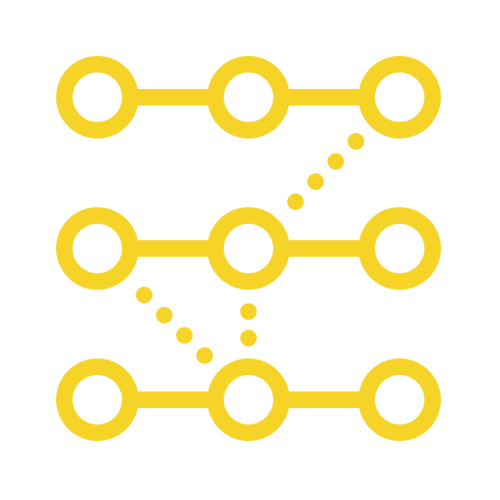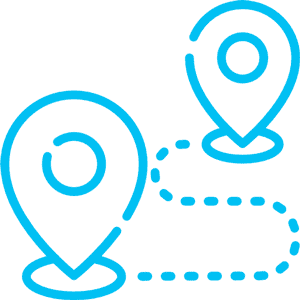

This is the most crucial part of any map, and it sets the stage for everything else, so take your time. In other words, whose journey you’re looking at, what that journey is and what the user is hoping to achieve. The first step is defining what you’re mapping. But there are some elements common to all journey maps that get the ball rolling when you set out to build your own. How to create a user journey map from scratchīuilding a user journey map is different for every team and every situation, so there aren't any one-size-fits-all templates. When you put their experiences under the microscope and think about their pain points, problems, delights, and joys, you know and understand how to make their experiences better and more personalized. Optimizing individual stages in the user journeyīut the biggest benefit of user journey mapping?.

Validating the user’s expectations measures against their actual experiences.Understanding differences between users as they move through their journeys.Increasing empathy for the user across teams.Looking closer at the details, user journey maps provide various qualitative benefits, such as: Without tearing down the silos, there’d never be any consensus on how to improve the user’s experience. Whether it’s a product or service team, this kind of shared vision is crucial. Rather than individual departments defining success by their own metrics, the entire design team stands on common ground and can look at success from the perspective of the user and their experiences. Looking at the big picture, building user journey maps creates models for product teams to rally around, which sparks dialogue and leads to a common understanding.


 0 kommentar(er)
0 kommentar(er)
